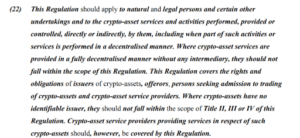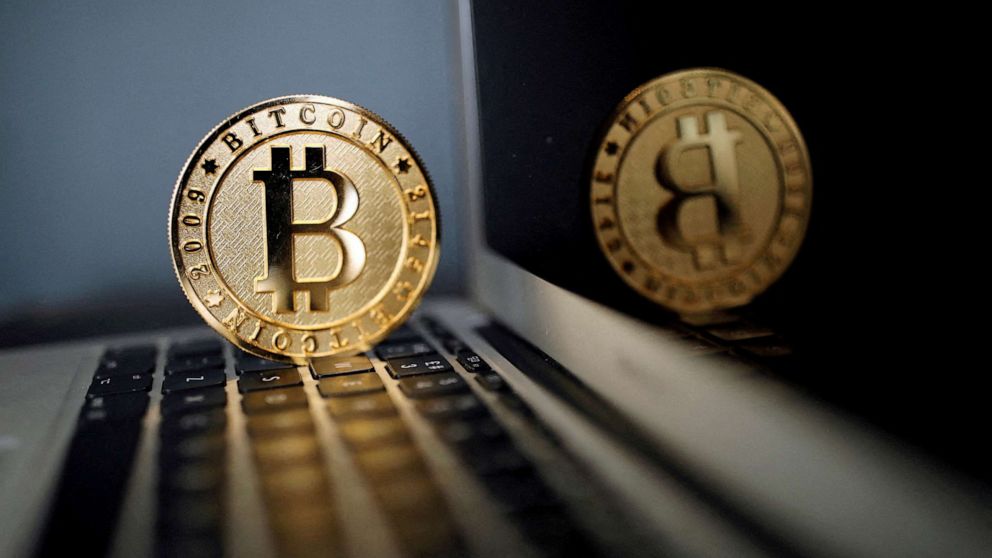Blockchain: where does fintech go from here?

The increasing use of blockchain and the progress towards Web3 means that the practical applications of blockchain are becoming more and more exciting. In fact, according to CB Insights’ State of Blockchain report, funding in blockchain companies grew 713% year-over-year in 2021 to more than $25 billion. At the same time, funding in NFTs rose by nearly 13,000% (yes – thirteen thousand) to $4.8 billion.
It’s no surprise that the New York-based market research firm called it “a breakthrough year” for the blockchain economy, with venture funding for blockchain startups reaching new record highs and the volume of blockchain deals growing 88% to 1,247.
Global blockchain market is experiencing seismic growth
By 2022, experts predict that slightly more than half (51%) of global blockchain finance will come from the US, with the market expected to grow from US$7.18 billion to US$67.4 billion by 2026. Some of the key factors driving this rapid expansion of the blockchain market includes an increase in venture capital funding and investment; adoption of blockchain technology in cyber security applications; easy access to smart contracts and digital identities thanks to the widespread use of blockchain technology; and conscious effort from the authorities.
The United States has the largest blockchain market share. The region’s early adoption of blockchain and the fact that various manufacturers offer security have added fuel to the fire.
Jonathan Merry, CEO of BanklessTimes, which conducted the survey, explains: “Companies are increasingly implementing security and vulnerability solutions in this region. It prevents phishing, commercial espionage and enables data security. In addition, it ensures privacy, business continuity and data security.”
Bitcoin still has confidence despite recent devaluation
Despite all the clamor for new blockchain use cases and more stable cryptocurrencies, bitcoin – long the poster child for all digital assets, but recently plagued by turmoil and falling valuations – still retains solid confidence. As one industry insider recently said, bitcoin is only volatile right now as a retail investment — for other uses of bitcoin, price doesn’t necessarily matter.
“I’m still very excited about bitcoin,” says Iskandar Vanblarcum, Europe General Manager at OKCoin. “It’s the perfect example of a blockchain protocol. We’ve seen early adoption, and if you think about a traditional deployment curve, it shows positive signs for the future with innovators getting involved and enterprise adoption at different layers. What we haven’t seen yet is the adoption of bitcoin as a medium of exchange, but it is coming slowly, and it is very exciting not only for the crypto sector, but for the future of blockchain technology.
“It’s great to see that people are already using crypto more and more in their everyday lives. It is ultimately about a shift in mindset and understanding that there is no central authority. It’s a social economic function, and it’s the real-world application of blockchain that will ultimately transform people’s lives.”
Much depends on informing and educating consumers
Despite the hype, one thing that crypto industry insiders often forget is that everyday consumers – the average person who might occasionally dabble in cryptocurrency – are not particularly familiar with the blockchain. In fact, despite the progress already made, the understanding of blockchain technology is still quite nascent. Less than 1% of the world’s population uses blockchain technology, and access to it is not shared fairly. Moreover, a recent survey by Cardify found that one in three crypto investors – those people who had already taken the mental leap of faith to put their money into cryptocurrencies – had little or no understanding of what crypto is. That figure should come as a shock to crypto advocates, although unfortunately it probably won’t.
“The future of blockchain and cryptocurrency depends on education,” continues OKCoin’s Vanblarcum. “This new technology represents a shift in mindset. For example, in traditional financial services there are a number of necessary hurdles to go through to engage with financial products – these are removed by blockchain technology. Therefore, it is important that users are trained in both accessibility and responsibility. They need to know how blockchain makes services more accessible to them, but at the same time they need to understand that the responsibility lies more with the user than with traditional services.”
This problem of decentralization is what has allowed bitcoin, and other cryptocurrencies to a lesser extent, to enjoy unchecked growth while also putting it on a collision course with regulators. The future of crypto continues to be uncertain, not least with bitcoin trading nearly 60% off its November 2021 peaks (at the time of writing), but Iskandar Vanblarcum remains bullishly optimistic.
“Despite the challenges experienced, it’s a very exciting time for the space with thousands of entrepreneurs building on this open, permissionless system, and the future is certainly bright,” he says. “There is certainly also more work to be done with the current protocols and companies in the space. There is a lot of talk about the next generation, but by focusing on the here-and-now we can build better products that work for the future. Ultimately the success of blockchain applications will be driven by user adoption and engagement.”
One such innovative application is Mode, an e-commerce payment platform that allows merchants to accept payment in bitcoin through the Pay With Mode feature and rewards consumers with cashback in bitcoin. It removes investment hesitation associated with cryptocurrency – consumers are still curious about digital assets but are reluctant to part with their own money to get involved, especially with inflation and energy prices rising. Modus allows them to own cryptocurrency while just spending money on their regular purchases.
Mode’s CEO, Rita Liu, explains that because digital assets can be traded on the open market, they represent a more transparent and more attractive value proposition than traditional points-based loyalty schemes. She hopes that the company will expand to offer different crypto-tokens and is also exploring other payment methods, including entering physical retail using QR codes or offering account-to-account (A2A) payments using open banking services.
























